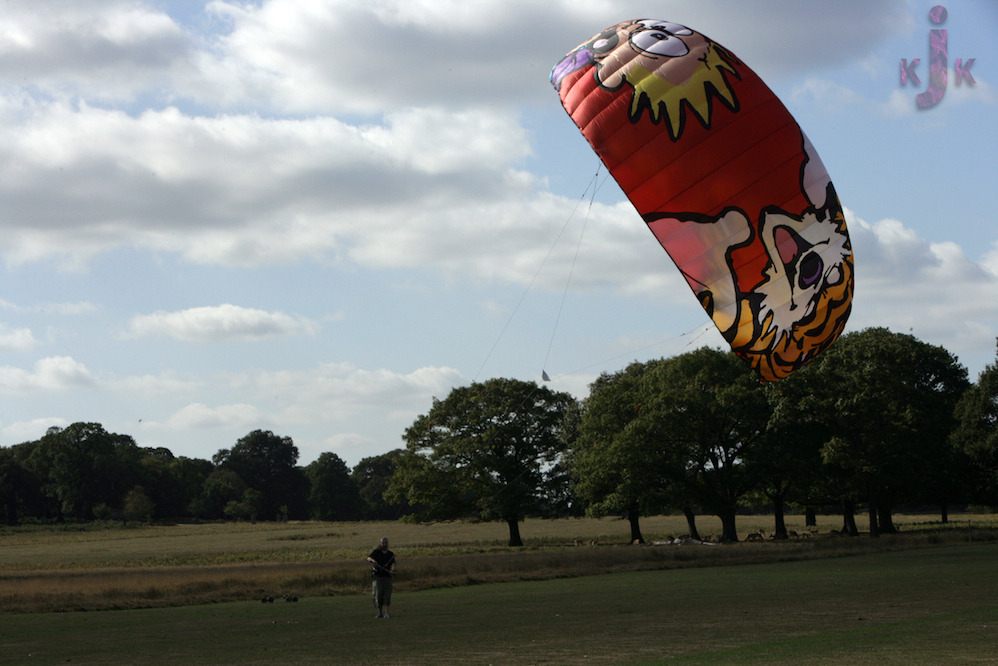Make a kite
Make a simple kite using sticks, paper, string, and tape; decorate it, balance the tail, then test and fly it safely outdoors.



Step-by-step guide to make a kite
How To Draw A Kid Flying A Kite
Step 1
Gather all the materials listed and move to a clear table or floor space.
Step 2
Lay the longer stick vertically and place the shorter stick across it about one-third of the way from the top.
Step 3
Wrap a short piece of string tightly around the sticks where they cross to secure the frame.
Step 4
Cut a diamond shape from your paper about 2 inches larger than the frame on every side.
Step 5
Center the stick frame on top of the paper diamond so the sticks match the paper shape.
Step 6
Tape the paper to the sticks all the way around so the paper is snug and will not peel off.
Step 7
Tie a short strong loop of string to the stick intersection so you have a place to attach the flying line.
Step 8
Use colouring materials to decorate both sides of the kite however you like.
Step 9
Make a tail by tying ribbon or fabric scraps together into a streamer several times longer than the kite height.
Step 10
Tape the tail to the bottom tip of the kite so the tail hangs straight down.
Step 11
Hold the kite by the string loop and check that it hangs level; if it tilts add more tail length or move the tail knot until it hangs straight.
Step 12
Take the kite outside to a large open area away from trees and power lines with an adult and stand facing into the wind.
Step 13
With an adult helping, walk or run gently into the wind while letting out line so the kite lifts and flies.
Step 14
Share a photo of your finished kite and tell how you tuned the tail on DIY.org
Final steps
You're almost there! Complete all the steps, bring your creation to life, post it, and conquer the challenge!


Help!?
What can we use if we don't have the longer or shorter sticks or the kite paper listed?
If you don't have the longer or shorter sticks, use bamboo skewers or lightweight wooden dowels for the frame and substitute a large plastic shopping bag or posterboard cut into a diamond to match the paper so you can still tape the paper to the sticks snugly.
My kite won't lift or keeps tilting—what should I check and fix?
Check that you wrapped the short piece of string tightly where the sticks cross, that the paper is taped all the way around so it is snug against the frame, and then tune the tail by adding length or moving the tail knot until the kite hangs level.
How can I adapt this kite activity for different age groups?
For preschoolers, have an adult pre-cut the diamond, tie the stick intersection, and attach the loop and tail while the child decorates, and for older kids let them build the full frame, experiment with tail lengths, and attach the flying line themselves.
What are simple ways to extend or personalize the kite after it's built?
Personalize both sides with waterproof markers or stickers, reinforce the paper edges with clear packing tape before step 5, add extra ribbon tail segments to experiment with stability, and take a photo to share how you tuned the tail on DIY.org.
Watch videos on how to make a kite
How To Draw A Kite
Facts about kites and basic aerodynamics
⚡ Benjamin Franklin's 1752 kite experiment helped study electricity — but never fly kites near thunderstorms or power lines.
🧵 A strong, smooth string and a balanced tail of ribbons or streamers help keep the kite steady in the sky.
🪁 Kites were invented in China over 2,000 years ago — the earliest ones were made from bamboo and silk.
🪵 Lightweight sticks like bamboo or balsa keep the kite strong without making it too heavy.
🌬️ Most simple kites fly best in light to moderate winds (about 5–20 mph); too little or too much wind makes flying tricky.
How do I make a simple kite with my child?
What materials do I need to make a homemade kite?
What ages is kite-making suitable for?
What safety tips should I follow when testing and flying a homemade kite?


One subscription, many ways to play and learn.
Only $6.99 after trial. No credit card required



